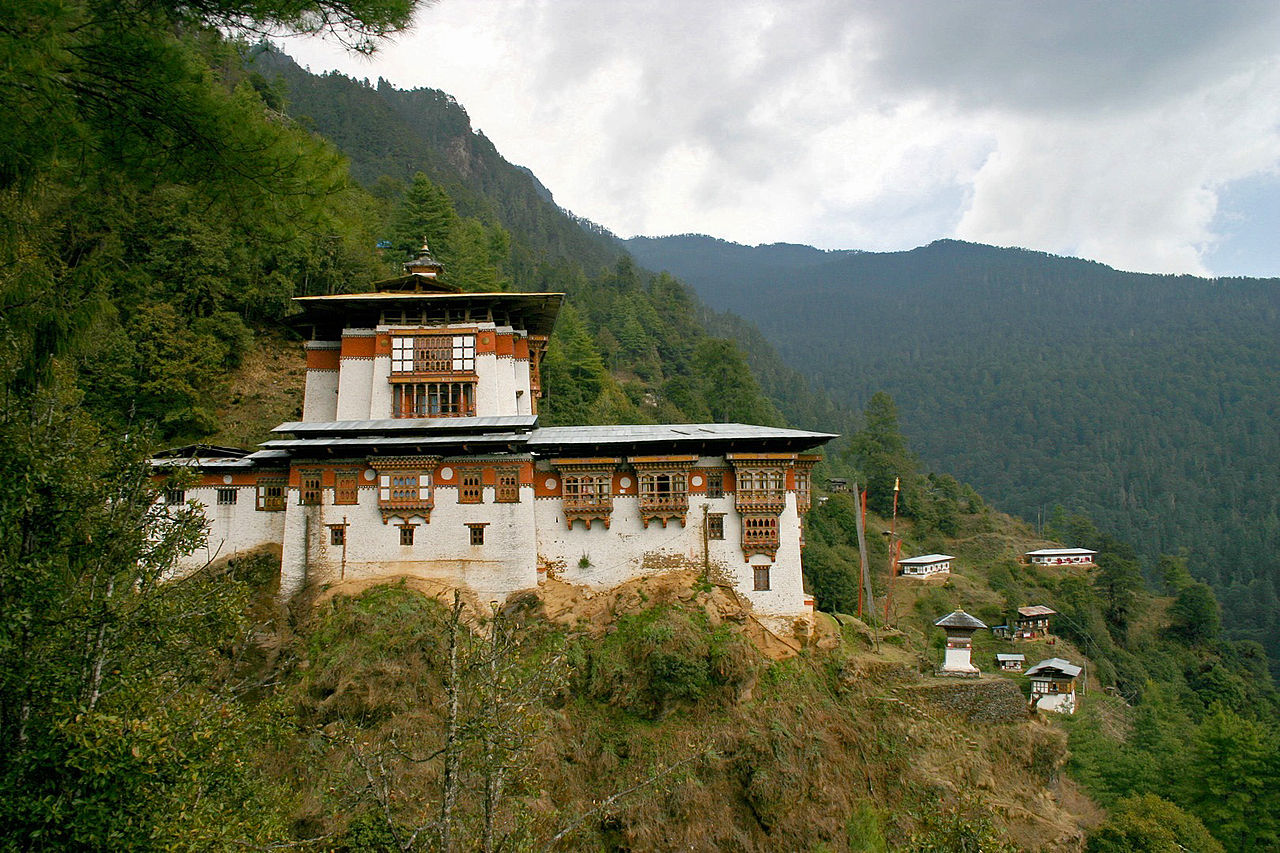
In the thirteenth century, Phajo Drugom Zhigpo established a meditation hermitage near the present Tango Shedra in Bhutan, formerly known as Tango Choying Dzong. By the late sixteenth century, Mipam Tsewang Tendzin, who was the grandson of Drukpa Kunle and also considered a reincarnation of Phajo Drugom Zhigpo, controlled the site. In 1616, the Drukpa Kagyu master Zhabdrung Ngawang Namgyel arrived in Bhutan, having left Ralung Monastery in Tibet. Mipham Tshewang Tenzin offered him Tango Choying Dzong as a place to stay, in part because Mipham Tshewang Tenzin had received his ordination vows from the Zhabdrung’s grandfather, Mipham Chogyal.
Mipham Tshewang Tenzin also gave the Zhabdrung a consort named Damcho Tenzin, in the hopes he would produce an heir. However, it was not to be and Zhabdrung returned her to Mipham Tshewang Tenzin. The two went on to have a son, Tendzin Rabgye, who would later serve as the Fourth Druk Desi, and who would renovate and expand Tango as well as Paro Taktsang. Tango was completed in 1688, and Second Je Khenpo Sonam Ozer assisted with the consecration ceremony. Later, the Thirteenth Je Khenpo Yonten Taye performed additional ceremonies at the site in 1780. In 1987, the Tango monastic institute became a shedra. Today it functions as both a center of learning and meditation.